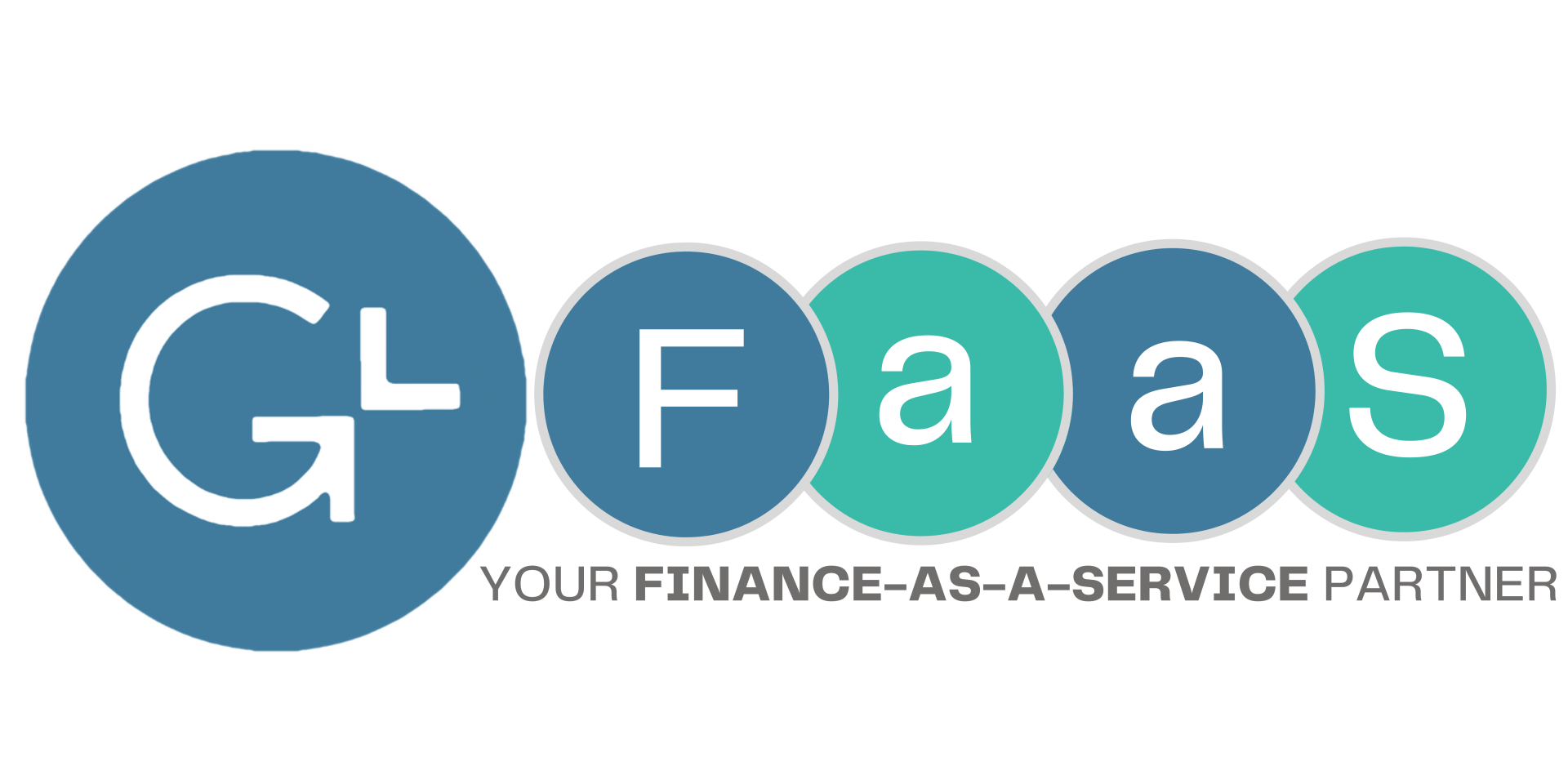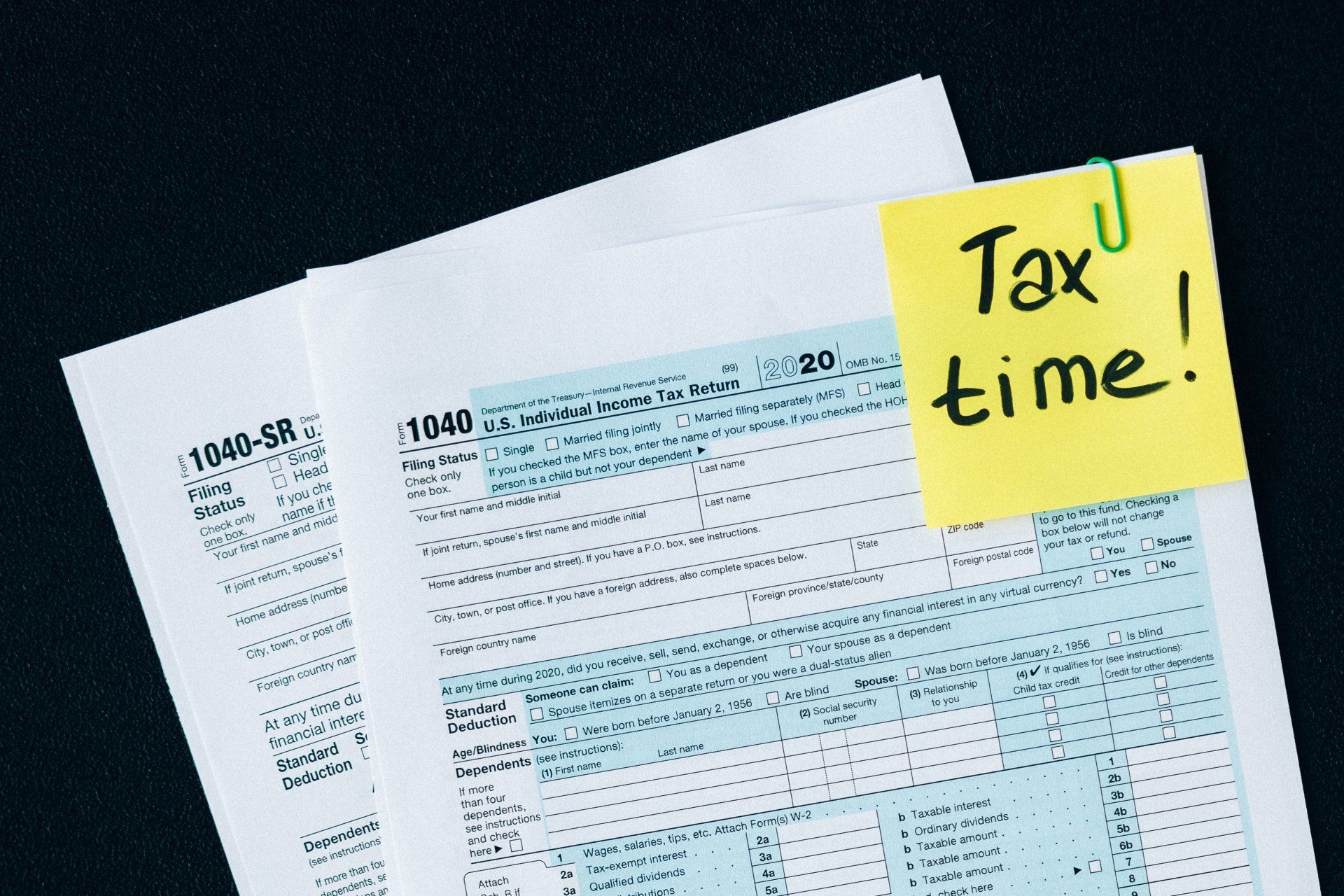Here’s Why Your Cash Flow Model Is All Wrong
Here’s Why Your Cash Flow Model Is All Wrong
So you’re facing some uncertainty. In the matter of one month, many lives have been flipped upside down… and if you run a business, this holds even more true.
We all expect the ups-and-downs — recessions, changes in consumer habits, policy changes— but I can’t say too many of us were expecting a global pandemic to creep up and shut down the entire world.
So where does that leave us now? You can probably bucket yourself into one of the following two categories;
- Bracing for Continuous Impact:
We don’t have a clear end in sight, and for many of us, that means hunkering down until we have a greater understanding of what the future holds. This surely holds true for businesses such as bars, restaurants, hotels, and fitness centers, to name a few. - Pushing for Growth:
On the flip side are those businesses that are poised for growth, or possibly already seeing growth. This may include businesses supplying PPE for medical facilities, or food delivery providers, or even home cleaning & sanitation products.
Or maybe you fall somewhere in the middle — you’re looking to learn and grow through this, but your current business simply can’t fund any of that growth.
Either way… you’re planning.
Whether you’re expecting growth or bracing for impact, it all starts with the end goal. How you reach that end goal is a result of this modeling exercise, because simply jumping in without knowing what you’re trying to achieve will bring you through an unnecessary maze of obstacles.
Mistake #1 — Not Knowing Where You’re Trying To Go
We all face this. We are antsy to jump in and get sh*t done, but we don’t really know what we want out of it.
Take a step back. Whether you’re building a 13-week or 12-month cash flow, where do you hope to be at the end? The answer may be as simple as saying “I hope to be solvent through the entire model,” or “I hope to build cash-inflows to an average of X$ per period.” There is no wrong answer.
However, having that understanding allows you to thoroughly think through the plan to get there.
Once you know your objective, it’s time to do a “brain-dump” into your model.
From here, begin building your cash-flow model with what you currently know to be true. Get everything on paper. Once again, what you know to be true may be the backlog of all your pent-up bills, or warehousing expenses, or inventory purchases and so on.
Don’t put on your plan what you hope to be true, but rather the realities of today.
Mistake #2 — Only Including Your Aspirations
The second mistake often seen is people starting their cash-flow models with a plethora of assumptions about what is going to happen. For example… building it through the lens of COVID-19 and not including rent or mortgage because you “hope to have your landlord defer payments”.
This approach will set you up for failure when you begin making assumptions you can’t count on. Instead, include your rent or mortgage, or any other of your typical recurring expenses. Bring it all into your model and see where you land in your current state.
Does it achieve your goal? At first pass… probably not.
That’s OK. From here you can begin to plan around those assumptions. Give your landlord a call. Rent deferred? Awesome! Now bring it back into your model, but don’t count on it without confirmation.
However, through this, it’s important to remember the 80/20 rule at the same time.
Mistake #3 — Adding Too Much Detail
So, by this point you’ve brought all your vendors or expense categories into your model — you’ve included your office expenses, your marketing expenses, your travel expenses and more.
How much detail have you included? Are you outlining your cell phone bill down to the dollar? Are you calculating gas by the expected miles driven multiplied by the price of gas today?
At the end of the day, remember that if you are debating over the difference between a $125 or $150 cell phone bill in your model, then you’ve missed the whole point.
Your cash-flow model is a road-map to help you execute upon your goals, not an opportunity to pat yourself on the back for getting within $0.50 of your projections, because at the end of the day, if the difference in a $100 worth of expenses breaks the model, then you have bigger fish to fry — aka. focus on sales!!
In summary, remember why you’re planning for cash flows. It’s not to put numbers on sheets, but rather to strategize and plan for those cash nuances. Remember…
- Identify your end-goal before you jump in to the weekly/monthly movements
- Include ALL expenses to start, even if there is the possibility of deferments, forbearances, negotiations, etc.
- Keep it high-level and remind yourself of the 80/20 rule when adding in detail.
If all else fails, find someone to help you through this. There are no egos through a recession/depression, never mind a global pandemic!
Check out More of our Recent Content!

GrowthLab is your Finance-as-a-Service partner
that serves Founders and Management Teams with


